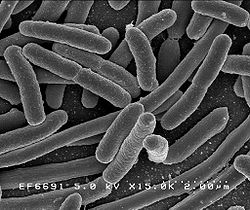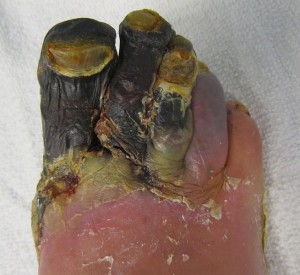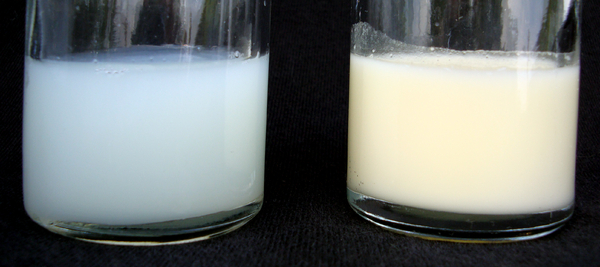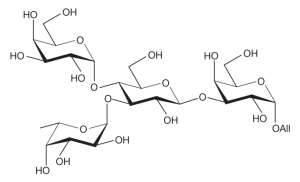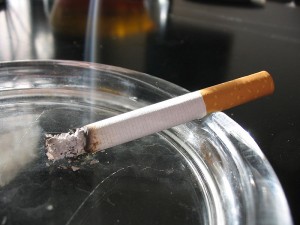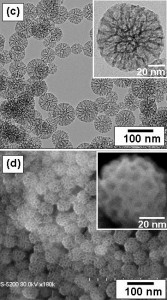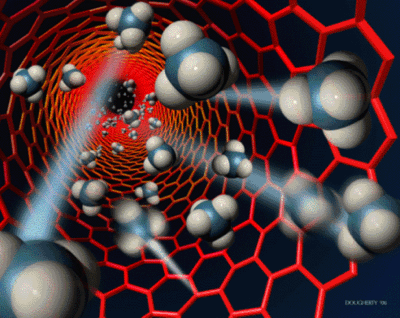With climate change being a very real problem in society, we are realizing that our freshwater resources are slowly diminishing. In the past, society has focused on recycling water and being mindful of our freshwater use. Although many of these solutions have been helpful, the problem is still evident; pretty soon there will not be enough clean drinking water to supply the world. This fear has began the push to find new technology to sustain clean drinking water. With the oceans containing about 97% of the water on earth, researchers are now finding ways to purify salt water. Conventional methods such as reverse osmosis to remove the salt in sea water have been used but they are found to be very expensive alternatives.
Up-and-coming research has found new technology that can revolutionize salt water purification. This new technology uses shock electrodialysis (ED) to desalinate, filter and disinfect sea water. Shock electrodialysis is a system in which salt water flows through a porous material in-between an anode (negatively charged) and a cathode (positively charged). The theory behind this process is that when a current runs through the system at high voltage, the salt ions as well as bacteria will be attracted to the anode side of the system and the freshwater will pass through the porous membrane to the cathode side. This process will effectively separate the purified water from salt and bacteria. After going through this process multiple times to ensure the water is clean, the purified water can be extracted and transported into reservoirs. This technology has been found to be fairly inexpensive and could possibly be used on a global scale to solve our drinking water shortage problem.
New technology like shock ED can not only solve our drinking water shortage but it can also be used to disinfect water to ensure it is safe and healthy to drink. Although society as a whole should be mindful of their water use, we know there is technology being produced that can keep the international community out of a crisis.
Author, Parvin Pabla




